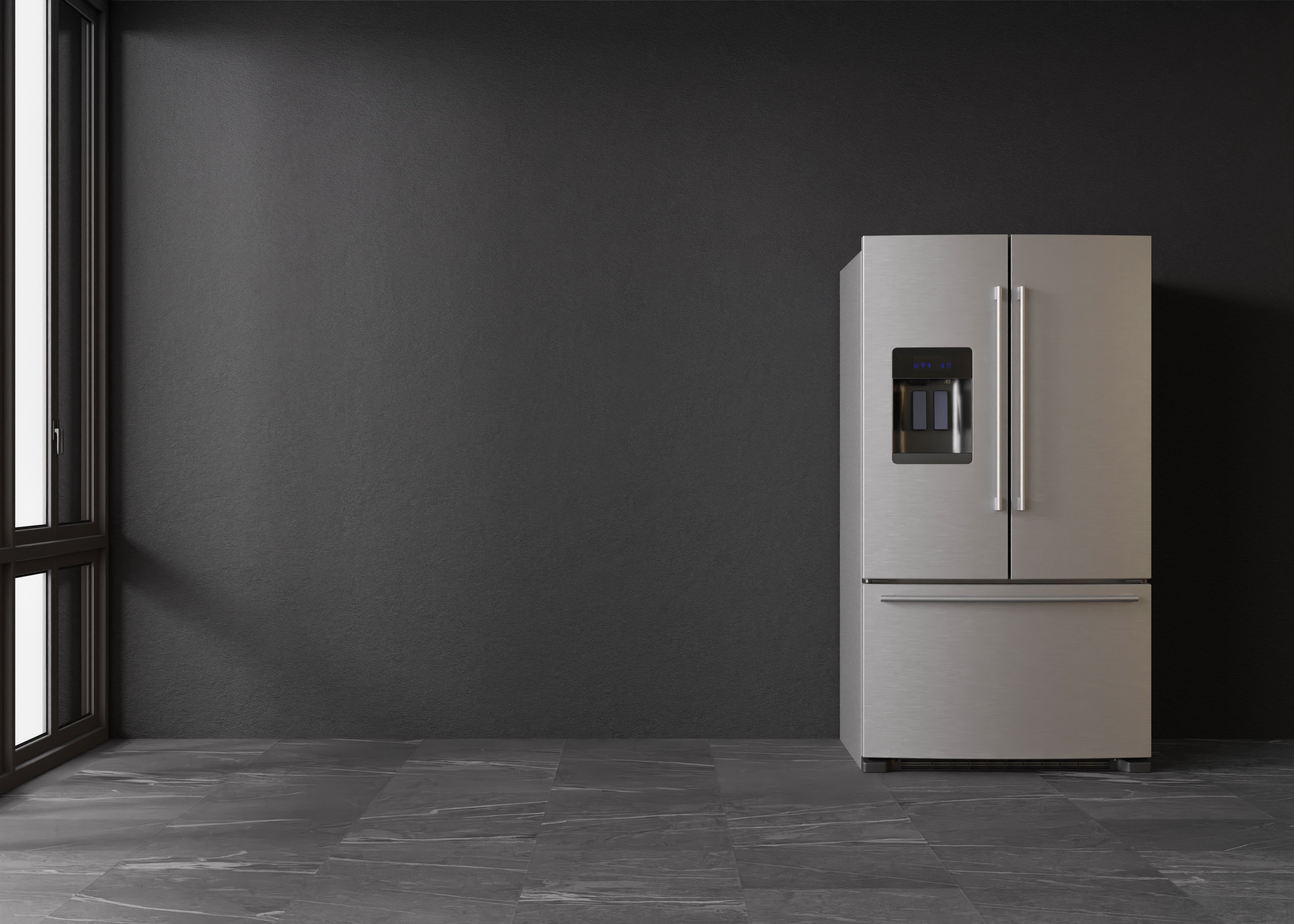The Comprehensive Guide to Refrigerators in the UK
Refrigerators are an essential device in every home, serving a crucial function in food conservation and safety. The UK market offers a diverse variety of fridge types, sizes, features, and brand names. This short article aims to supply an extensive understanding of fridges readily available in the UK, including their functions, energy effectiveness, and aspects to think about when making a purchase.
Types of Refrigerators Available in the UK
When searching for a refrigerator, it is essential to comprehend the numerous types readily available. Each type includes its own set of features and functions, accommodating different needs and preferences. The most typical kinds of refrigerators discovered in the UK include:
1. Top Freezer Refrigerators
- Description: The standard design, featuring the freezer compartment on top.
- Pros: More cost effective, roomy, simple access to fresh food.
- Cons: Limited freezer space, the top might be less hassle-free for bulk products.
2. Bottom Freezer Refrigerators
- Description: Freezer is located at the bottom, enabling easier access to fresh food.
- Pros: Greater benefit, better visibility of fresh products.
- Cons: Usually more costly, some might have a hard time with big frozen items.
3. Side-by-Side Refrigerators
- Description: Features 2 vertical compartments, one for the fridge and one for the freezer.
- Pros: Ample storage area, easy to gain access to both frozen and fresh foods.
- Cons: Wider footprint, they might not fit in smaller cooking areas.
4. French Door Refrigerators
- Description: Combines functions of bottom freezers and side-by-sides, with 2 doors for the fridge on top.
- Pros: Stylish style, large, and typically includes innovative features.
- Cons: Higher rate point, lines up badly with smaller sized cooking area designs.
5. Compact Refrigerators
- Description: Smaller models created for minimal areas.
- Pros: Ideal for studio apartments or workplaces, energy-efficient.
- Cons: Limited storage capacity, might lack features.
6. Integrated Refrigerators
- Description: Designed to mix effortlessly with kitchen area cabinets.
- Pros: Custom fit, aesthetic appeal, increases home worth.
- Cons: Higher expense, might provide less versatility in positioning.
7. Smart Refrigerators
- Description: Equipped with Wi-Fi and wise innovation features.
- Pros: Advanced features like touch screens and internal electronic cameras.
- Cons: Expensive, more complex to fix.
| Refrigerator Type | Ease of access | Typical Price Range | Energy Efficiency |
|---|---|---|---|
| Leading Freezer | Moderate | ₤ 300 - ₤ 600 | Average |
| Bottom Freezer | High | ₤ 400 - ₤ 800 | Above Average |
| Side-by-Side | Easy | ₤ 800 - ₤ 1500 | Varies |
| French Door | High | ₤ 800 - ₤ 2000 | High |
| Compact | Minimal | ₤ 200 - ₤ 500 | Average |
| Integrated | Custom | ₤ 1000 - ₤ 2500 | High |
| Smart | Variable | ₤ 1200+ | High |
Key Features to Consider
- Energy Efficiency: Look for designs that are energy-efficient. In the UK, devices are ranked from A (most efficient) to G (least efficient). An A+ ranking and above can result in significant energy cost savings.
- Capacity: Choose a fridge with adequate capacity for your family. A standard guideline is 100-200 liters per person.
- Noise Level: Consider designs that operate silently, particularly if the kitchen area is near living areas.
- Cooling Technology: Features like frost-free innovation deserve the financial investment, as they reduce upkeep.
- Adjustable Shelves: Having adjustable shelves improves the versatility to keep larger products.
- Temperature level Control: Check for user friendly temperature level controls and zones for various types of food.
- Style: Choose the style and color that matches your kitchen aesthetic, whether you choose a contemporary stainless-steel look or a timeless retro finish.
Buying Tips
- Determine Your Needs: Consider your cooking routines, family size, and cooking area space.
- Set a Budget: Refrigerators come in numerous price varieties. Establish Buy Fridge before you begin shopping.
- Research Energy Ratings: Invest in energy-efficient designs to minimize utility expenses.
- Read Reviews: User experiences can supply insights into reliability and performance.
- Compare Brands: Some brands are understood for their sturdiness while others may use more ingenious features.
Often Asked Questions (FAQs)
1. For how long do fridges normally last?
- Fridges typically last between 10 to 20 years, depending upon the brand name and how well they are kept.
2. Are there any upkeep ideas for prolonging the life of a refrigerator?
- Frequently tidy the coils, examine the door seals, and regularly thaw if essential to maintain optimum performance.
3. What is the best size refrigerator for a household of four?
- For a family of 4, a refrigerator with a capability of around 400-600 liters is generally enough.
4. Do I need to fret about energy consumption when buying a refrigerator?
- Yes, energy usage is very important. Look for systems with high energy efficiency rankings to minimize month-to-month costs.
5. Should I choose a fridge with a water and ice dispenser?
- This feature can be hassle-free, especially for households. However, it may need more maintenance than standard designs.
Getting a refrigerator is a significant choice for any household in the UK. With different types offered, each with its special features and benefits, it is essential to examine specific needs before deciding. By considering factors such as energy efficiency, capacity, and style aesthetics, customers can choose a fridge that aligns well with their way of life, eventually boosting their kitchen experience while protecting food quality and freshness.

